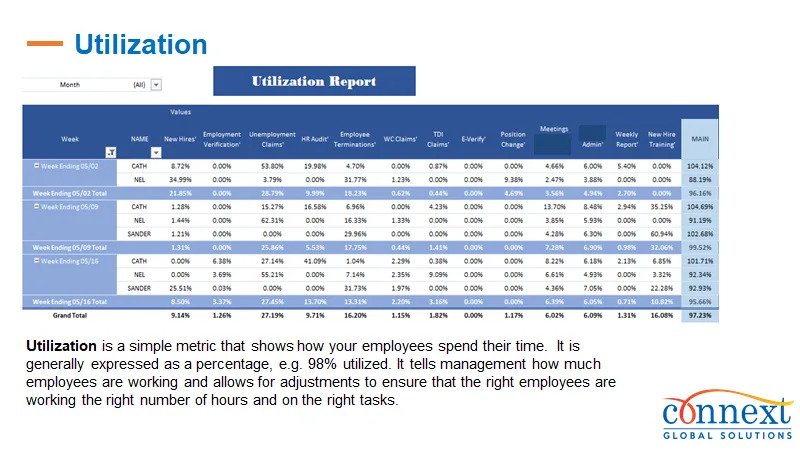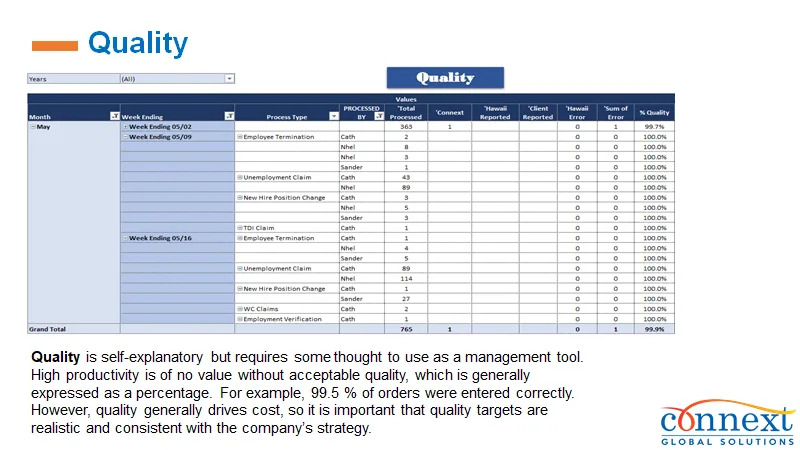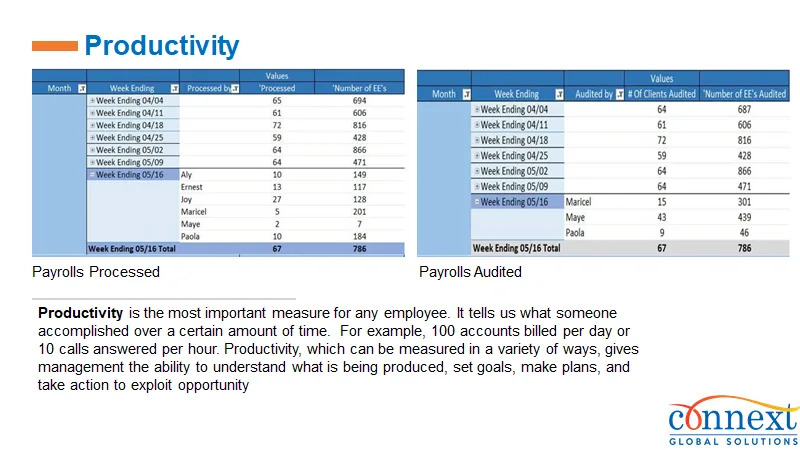Key Summary
- Healthcare organizations are navigating persistent workforce shortages, rising service demand, and hiring freezes that restrict traditional growth.
- Staff augmentation provides a way to expand capacity, bringing in skilled professionals without adding to internal headcount.
- The value of this model extends beyond cost efficiency, supporting flexibility, scalability, and continuity of care and operations.
- Before outsourcing, providers should consider scope of work, compliance, and integration with existing teams.
- Connext partners with healthcare organizations to address these needs, building dedicated offshore and nearshore teams through independent contractor agreements.

The healthcare industry is experiencing ongoing pressure from workforce shortages, rising administrative demands, and financial constraints. Gaps exist across physicians, nurses, and administrative staff, affecting operational efficiency and patient care. Globally, the World Health Organization estimates a projected shortfall of 11 million health workers by 2030, mostly in low- and lower-middle income countries. Budgetary limitations, hiring freezes, and complex compliance requirements further influence staffing and workflow management.
Staff augmentation is a strategy that allows organizations to integrate skilled professionals into existing teams. Unlike conventional outsourcing, where entire functions are handed over to a third party, staff augmentation enables teams to expand capacity while maintaining operational continuity, supporting workflows, and managing administrative and clinical responsibilities without adding internal headcount.
The Challenges Healthcare Companies Are Facing
Workforce Shortages and Burnout
The United States is projected to face a shortage of up to 124,000 physicians by 2033 and will need to add about 200,000 nurses each year to meet demand and replace those retiring. These place additional pressure on existing teams, contributing to high levels of burnout, increased turnover, and operational strain. Staff augmentation offers a practical solution, allowing healthcare organizations to supplement internal teams and maintain patient care without adding headcount.
Hiring Freezes and Budget Constraints
Many organizations are operating under hiring freezes that prevent them from adding full-time employees, even when demand for services continues to rise. This situation makes it difficult to balance compliance-driven administrative work, revenue cycle management, and patient-facing care delivery. Independent contractor agreements through staff augmentation can help organizations add capacity without technically increasing headcount.
Increasing Complexity in Healthcare Operations
Healthcare companies are also dealing with expanding regulatory and administrative demands. From insurance claim processing to patient scheduling and electronic health record management, the administrative burden continues to grow. These tasks require precision, compliance, and specialized knowledge that can be difficult to source internally during a hiring freeze.
What Staff Augmentation Brings to Healthcare Organizations
Access to Skilled Professionals
Staff augmentation provides access to trained professionals across administrative, clinical support, and back-office roles. For example, organizations can extend their teams with medical billing specialists, patient coordinators, or data entry professionals who are already familiar with healthcare systems and compliance requirements.
Scalability Without Increasing Headcount
With an augmentation model, healthcare companies can adjust staffing levels as demand fluctuates. This is particularly valuable for organizations navigating seasonal surges or unexpected shifts in patient volume. Because augmented staff operate under independent contractor agreements, organizations can expand capacity without changing internal headcount restrictions.
Operational Continuity and Compliance
Compliance is non-negotiable in healthcare. Staff augmentation providers like Connext ensure professionals are trained in HIPAA compliance and other regulatory frameworks. This gives healthcare organizations confidence that augmented staff can handle sensitive patient information responsibly while supporting mission-critical operations.
Considerations Before You Outsource Staff Augmentation
While the benefits are clear, adopting a staff augmentation model requires thoughtful planning. Below are key considerations for healthcare companies:
- Define the Scope of Work
Identify which roles and responsibilities can be effectively augmented. Administrative tasks such as billing, coding, scheduling, or prior authorization are often suitable starting points.
- Ensure Compliance Alignment
Verify that augmented staff will operate within the same compliance frameworks as in-house employees. Look for partners who emphasize data security and regulatory adherence.
- Integrate with Existing Teams
Staff augmentation works best when external professionals are treated as extensions of the internal team. Clear communication channels, defined responsibilities, and onboarding processes help foster collaboration.
- Balance Cost with Value
While cost efficiency is an advantage, healthcare organizations should prioritize quality, compliance, and team integration over short-term savings. The long-term benefits of continuity and scalability outweigh cost alone.
- Select the Right Partner
Choosing a provider with healthcare expertise is essential. Connext, for example, builds dedicated teams that integrate seamlessly with client operations, ensuring continuity and compliance without the need to expand headcount.
Connext and the Healthcare Workforce
Connext works with healthcare companies to create tailored staff augmentation solutions. By building dedicated offshore and nearshore teams, Connext enables organizations to expand their capacity in revenue cycle management, patient coordination, and administrative support. This model helps providers maintain operational stability during hiring freezes while positioning themselves for sustainable growth.
Explore more insights on how offshoring helps healthcare providers address workforce shortages. Read more
Learn how offshore billing with Connext can help healthcare providers manage revenue cycle management effectively, even during hiring freezes.
Read more
Frequently Asked Questions (FAQs)
Staff augmentation in healthcare involves integrating skilled professionals from an external provider into existing teams. These professionals work under independent contractor agreements, allowing organizations to expand capacity without adding to internal headcount.
During hiring freezes, staff augmentation provides a flexible way to add skilled team members without technically hiring additional full-time employees. Connext supports this model by offering independent contractor agreements that allow organizations to scale operations.
No. While cost efficiency is part of the model, the primary benefits include scalability, compliance, and operational continuity. Healthcare companies that view staff augmentation as a strategic solution typically realize more value than those focused solely on reducing costs.
Roles that involve administrative, back-office, and clinical support tasks—such as medical billing, coding, prior authorization, scheduling, and data entry—are often the most practical for augmentation.








